Increase monitoring frequency
According to Mr. Nguyen Thanh Trung, Deputy Head of the Department of Animal Husbandry, Veterinary and Fisheries (Department of Agriculture and Environment), the water environment monitoring work is coordinated and implemented periodically and suddenly by the unit in charge. Thanks to increased allocated funding, from 2024, the Department will periodically take samples once a month, each time about 10 points in concentrated farming areas in ponds and in cages on rivers. Basic parameters when monitoring include 24 indicators of the water environment such as temperature, pH, dissolved oxygen in water (DO), nitrogen concentration, chemical oxygen demand (COD); total suspended solids (TSS), iron content; quantification of bacteria in farming water (Coliform, E.coli, Aeromonas...)... and 12 indicators on collected aquatic samples.
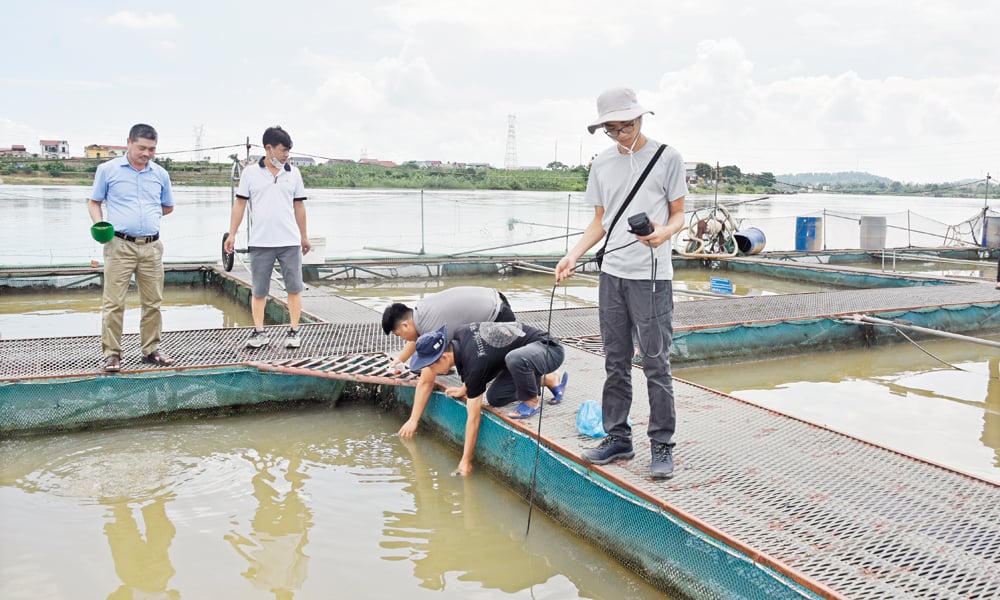 |
Staff of the Northern Center for Environmental Monitoring and Aquatic Diseases take water samples at fish cages on the river in Mao Dien ward. |
Since the beginning of the year, the Department has conducted 1 surprise sampling session and 5 regular sampling sessions in concentrated aquaculture areas in ponds in Tan An and Viet Yen wards; Tan Yen, Tan Chi, Trung Chinh, Dung Liet communes,... and cage fish farming areas on rivers in Mao Dien ward, Dai Lai, Trung Kenh, Chi Lang communes... The total number of samples analyzed for environmental indicators is more than 3,200 samples, nearly 700 samples of aquatic diseases. Through general assessment, basically the water environment quality in Bac Ninh is guaranteed for aquaculture. However, locally at certain times, poor water quality requires timely treatment measures.
For example, in the latest monitoring period, this agency coordinated with the Northern Center for Environmental Monitoring and Aquatic Diseases to take samples and warn that the quality of water sources in commercial fish farming areas in Lac Ve and Dai Lai communes was poor; the farming area in Yen Trung commune was very poor. The water quality of river water for caged fish farming in Dai Lai and Chi Lang communes was average; the farming area on Thai Binh river in Trung Kenh and Trung Chinh communes was poor. Regarding disease samples, the results of fresh examination of fish parasites detected Myxobolus sp and Aeromonas spp bacteria on carp samples collected in caged fish farming areas on Thai Binh river in Trung Kenh commune; Streptococcus spp bacteria were detected on tilapia samples in fish cages on Duong river in Chi Lang commune...
Take proactive measures for appropriate care
From the monitoring results, the management agency issued warnings, helping aquaculture facilities proactively take appropriate care measures. Mr. Tran Van Son, An Dong village, Tan Chi commune shared: “My family has 12,000 m2 of fish farming. Although I have my own water quality measuring device, I only get a few basic indicators such as pH, NH2, NO2... After the staff took samples to analyze the water source and warned that the dissolved oxygen in the water was low, I immediately turned on the aeration system and maintained regular operation so that the fish would not suffocate; and used additional active ingredients to neutralize the pH in the water.”
| Since the beginning of 2025, the Department has conducted 1 surprise sampling and 5 regular sampling in concentrated aquaculture areas. The total number of samples analyzed for environmental indicators is more than 3,200 samples, nearly 700 samples of aquatic diseases. Through general assessment, the water environment quality in Bac Ninh is basically guaranteed for aquaculture. |
Mr. Do Dang Thuc's household in Thuy Mao residential group, Mao Dien ward, which raises more than 60 fish cages on the river, is also worried about the water environment, especially when storms occur. Based on the results of environmental and fish sample analysis by the authorities, and with the recommendation of officials, he has used 1-2 bags of lime per cage, each bag weighing 2-3 kg, hanging in the corner of the cage at the head of the flow to prevent disease.
It is forecasted that the aquaculture environment will still face many risks of pollution due to the uncontrolled discharge of domestic, agricultural and industrial wastewater... Therefore, to ensure productivity and product quality, the Department of Animal Husbandry, Veterinary and Fisheries continues to propose additional funding for monitoring, warning and supervising the aquaculture environment, supporting modern machinery and analytical equipment; training and improving the quality of staff and human resources for sampling and analyzing samples; building a database of information on the results of monitoring periods and locations; providing the fastest information on monitoring results and environmental warnings to management agencies and farmers, contributing to the development of appropriate aquaculture production plans.
In the alternating sunny and rainy weather conditions, the flow often changes due to water flowing from upstream, the Department of Animal Husbandry, Veterinary and Fisheries recommends some measures to prevent and treat diseases. These are to periodically clean the environment of the pond and cage area, not to fertilize or use untreated domestic waste. Regularly check and monitor the health of the fish, adjust the amount of food suitable for the growth and development stage of the fish. Increase the use of air fans to break down water stratification, release toxic gases and avoid oxygen deficiency. It is necessary to pay attention to monitoring the pH in the pond, especially after heavy rains, which can cause the pH to drop suddenly. In areas where fish are infected with parasites, lime powder should be used to treat the water. Closely manage the farming environment to avoid stressing the fish; at the same time, it is necessary to closely monitor monitoring information and test results to have timely treatment when necessary.
Source: https://baobacninhtv.vn/canh-bao-kip-thoi-bao-ve-thuy-san-postid422846.bbg


![[Photo] Chairman of the Hungarian Parliament visits President Ho Chi Minh's Mausoleum](https://vphoto.vietnam.vn/thumb/1200x675/vietnam/resource/IMAGE/2025/10/20/1760941009023_ndo_br_hungary-jpg.webp)
![[Photo] Solemn opening of the 10th Session, 15th National Assembly](https://vphoto.vietnam.vn/thumb/1200x675/vietnam/resource/IMAGE/2025/10/20/1760937111622_ndo_br_1-202-jpg.webp)
![[Photo] National Assembly Chairman Tran Thanh Man holds talks with Hungarian National Assembly Chairman Kover Laszlo](https://vphoto.vietnam.vn/thumb/1200x675/vietnam/resource/IMAGE/2025/10/20/1760952711347_ndo_br_bnd-1603-jpg.webp)
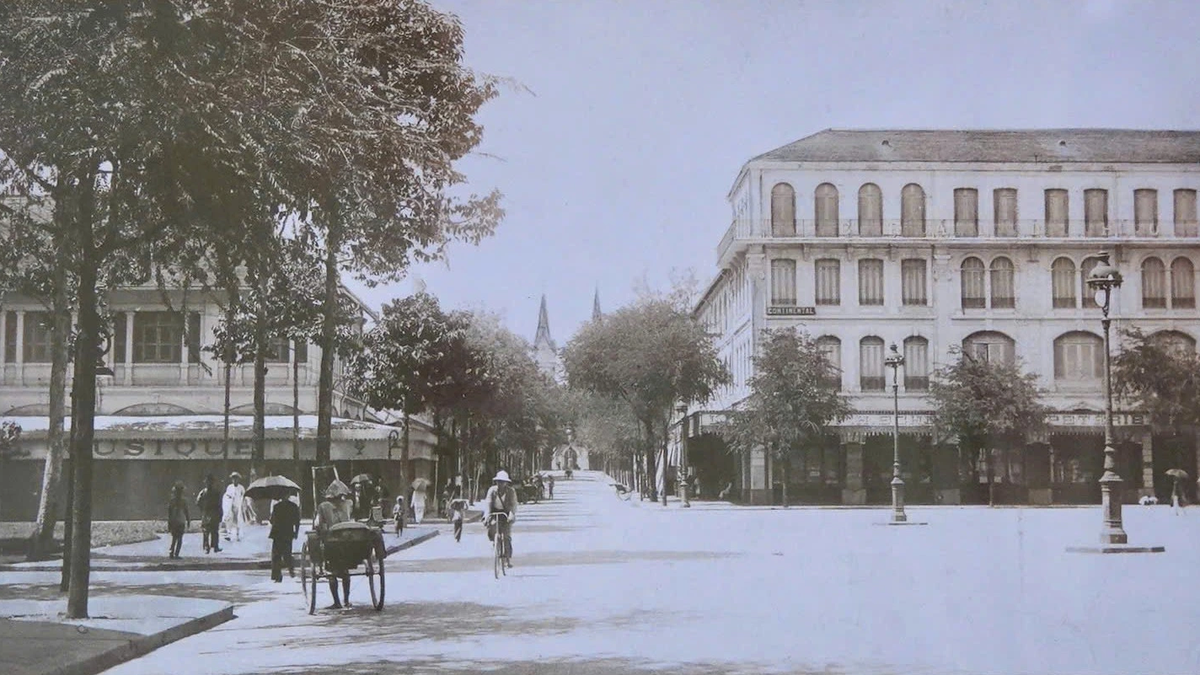
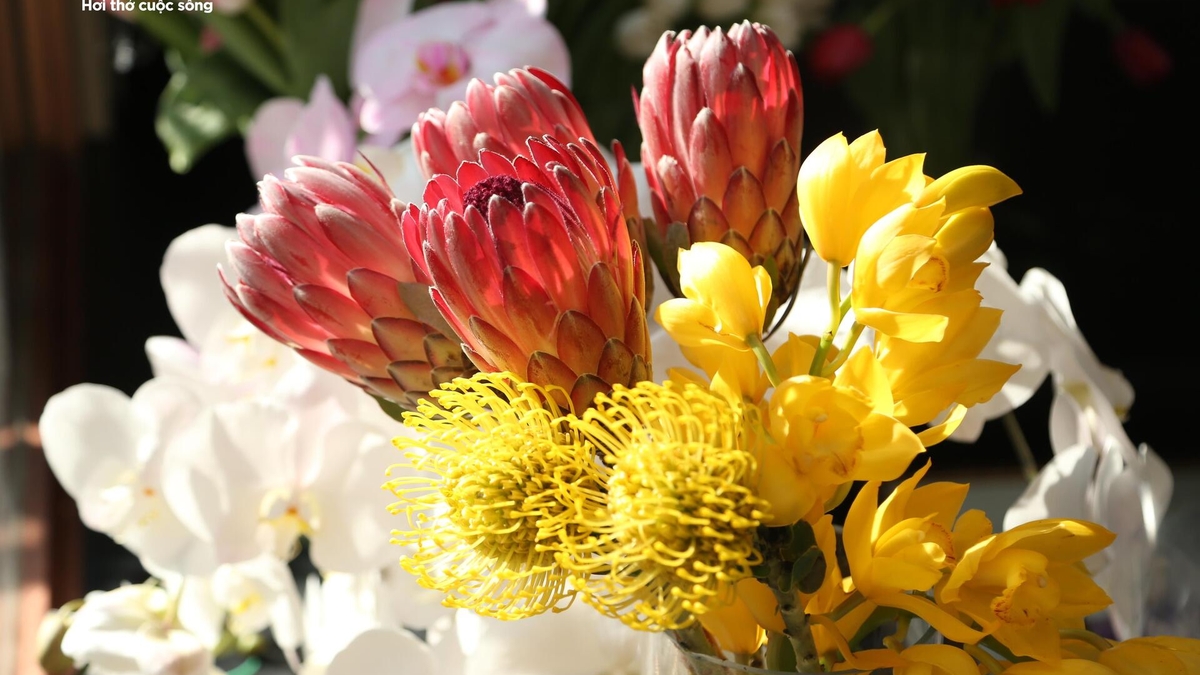
![[Photo] Prime Minister Pham Minh Chinh meets with Speaker of the Hungarian National Assembly Kover Laszlo](https://vphoto.vietnam.vn/thumb/1200x675/vietnam/resource/IMAGE/2025/10/20/1760970413415_dsc-8111-jpg.webp)


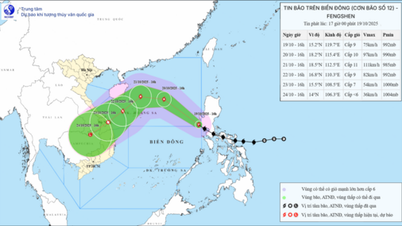

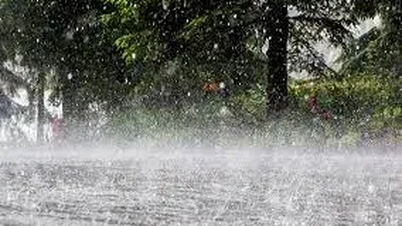


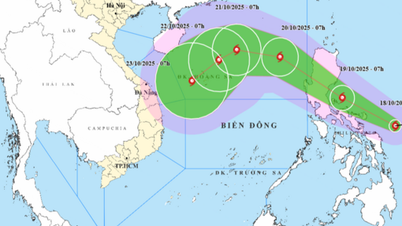
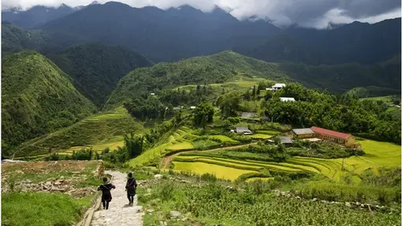


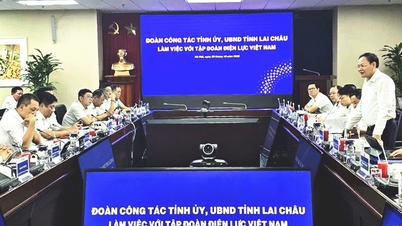

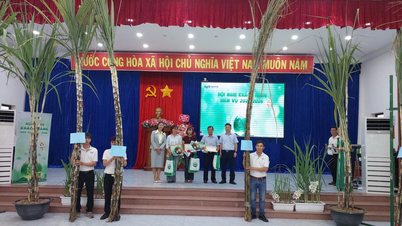

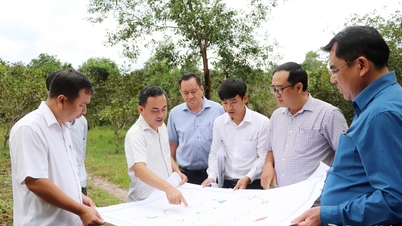

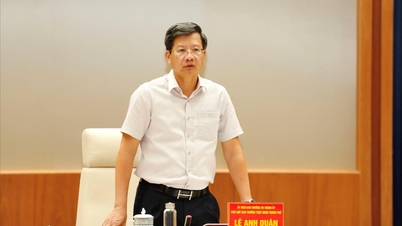

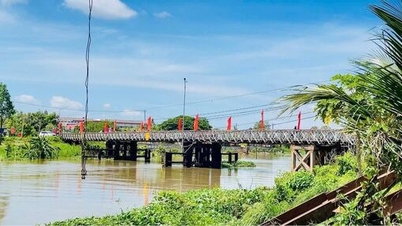



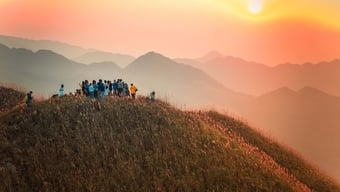
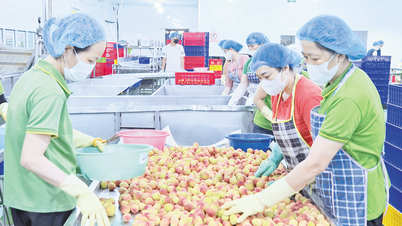
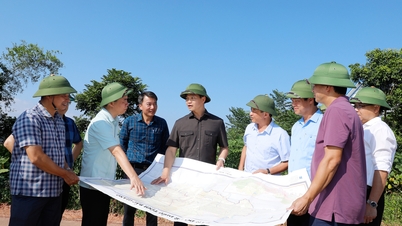
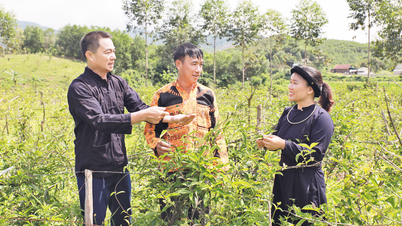
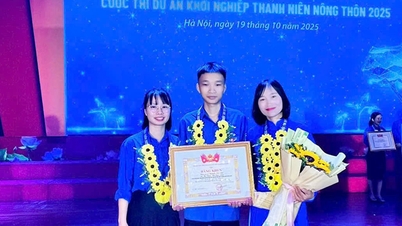
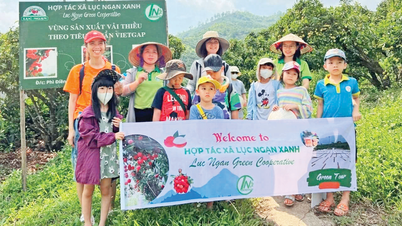
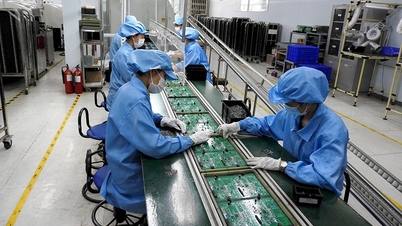
![[Photo] The Steering Committee of the 2025 Fall Fair checks the progress of the organization](https://vphoto.vietnam.vn/thumb/1200x675/vietnam/resource/IMAGE/2025/10/20/1760918203241_nam-5371-jpg.webp)


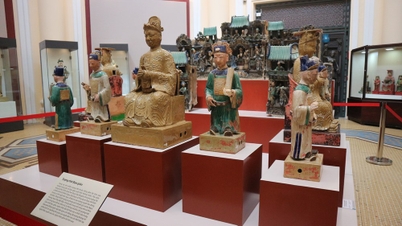


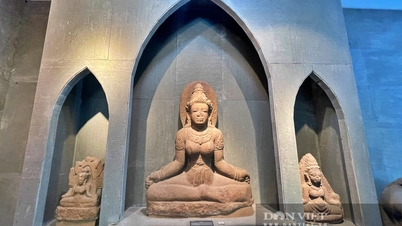

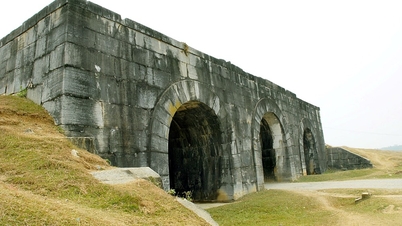


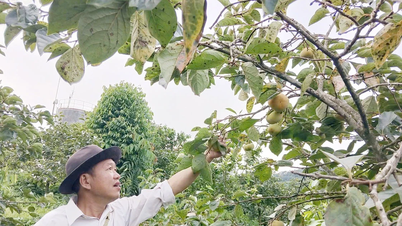




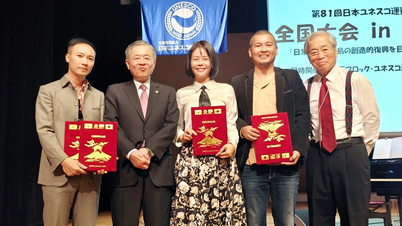






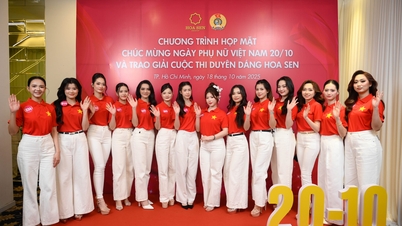

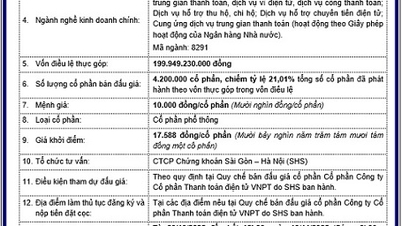
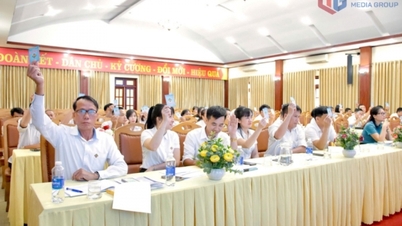

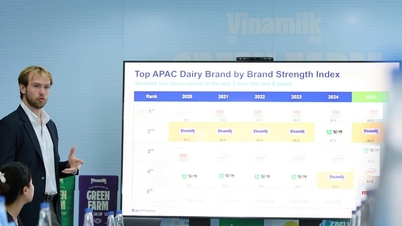


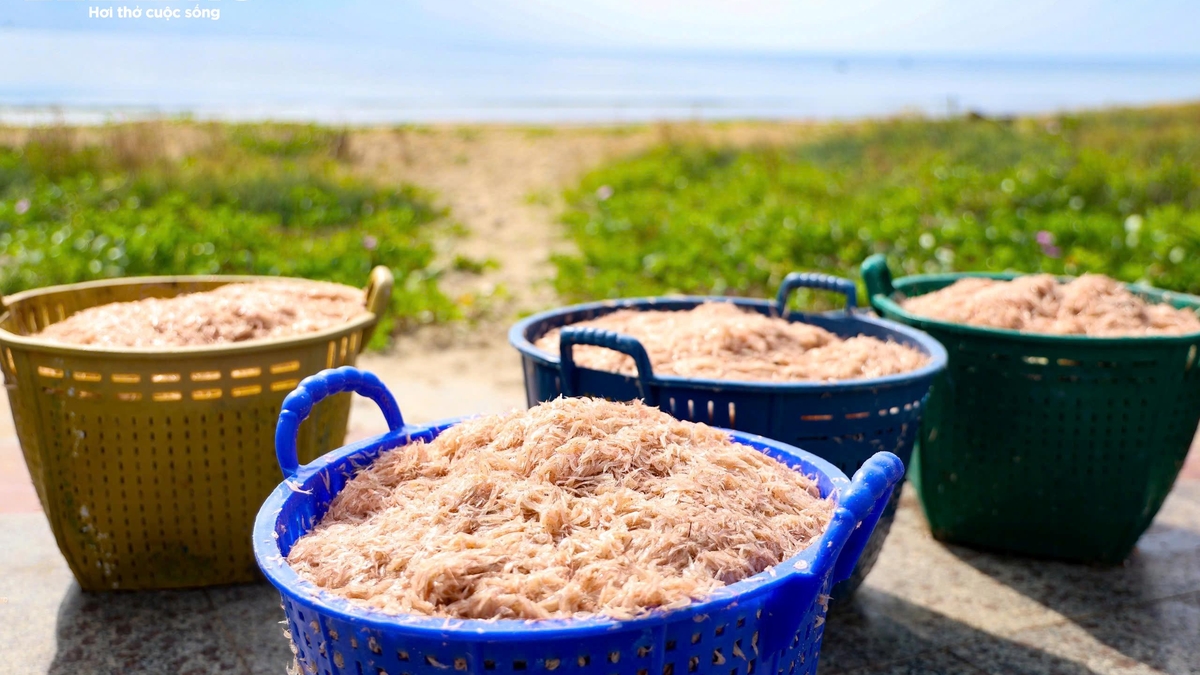

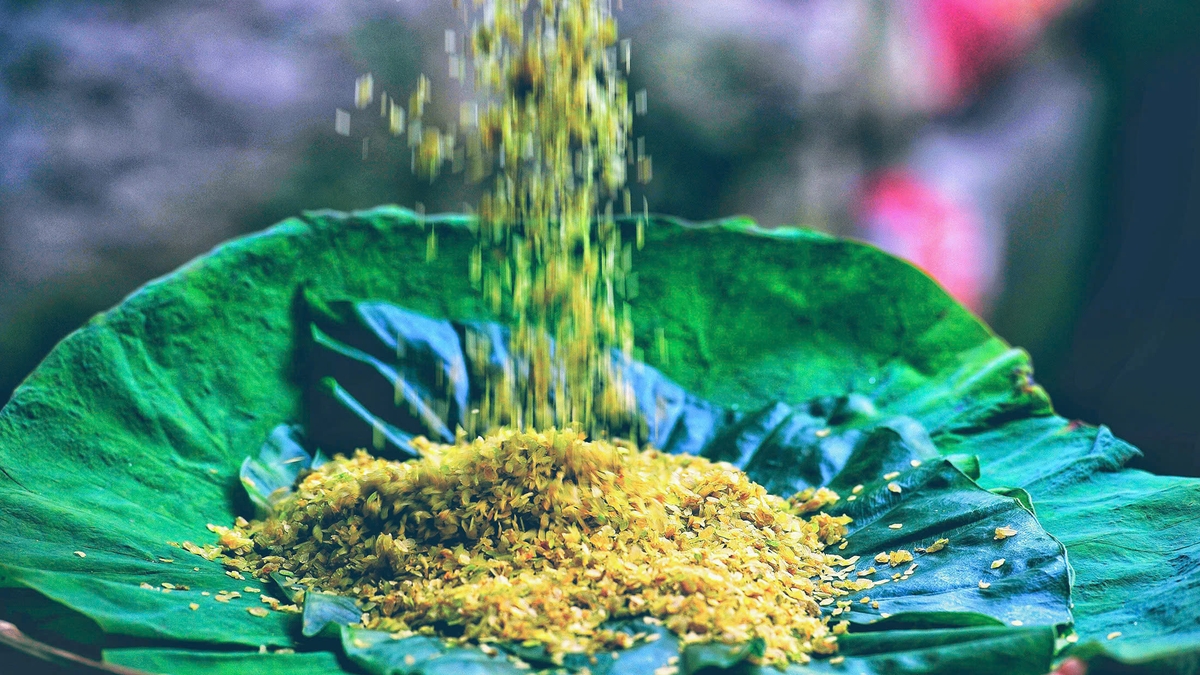
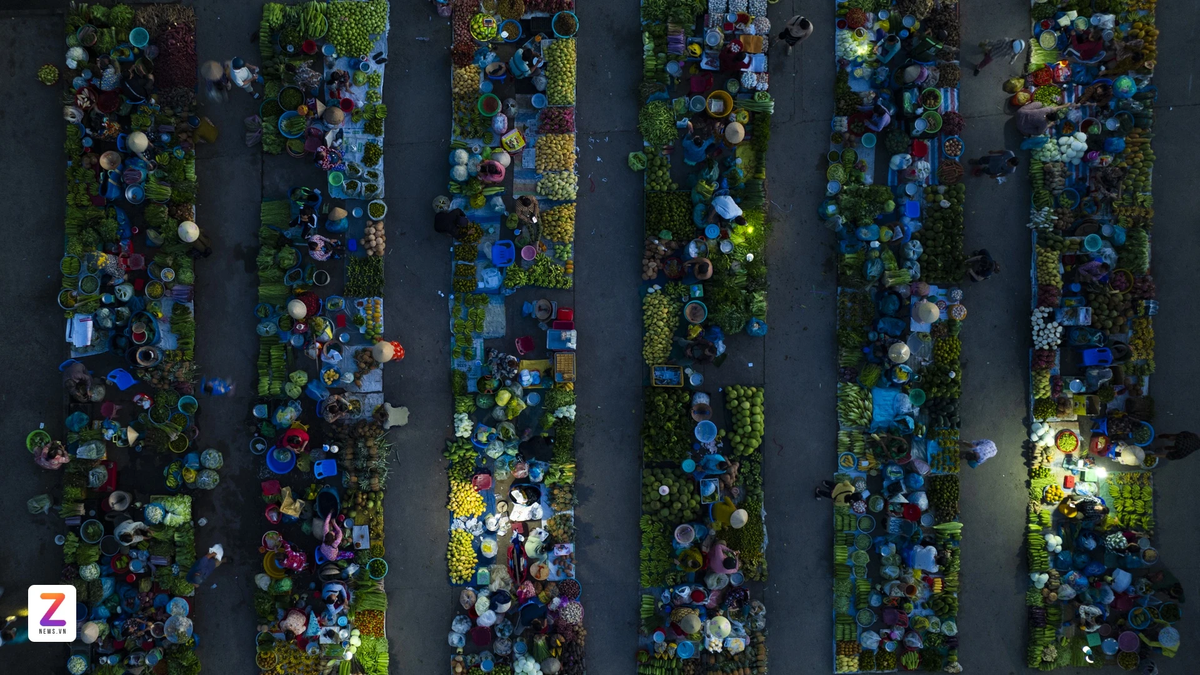





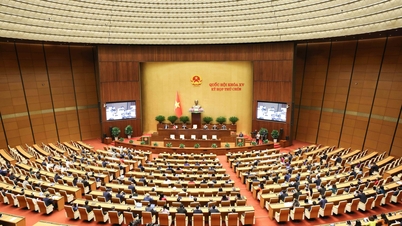

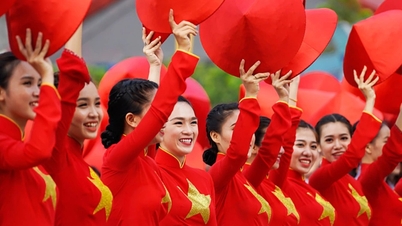

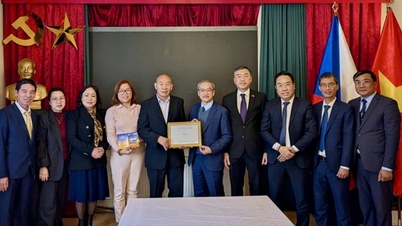

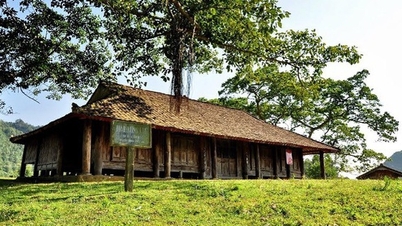
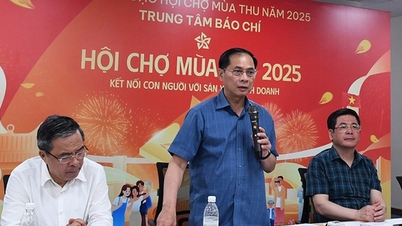
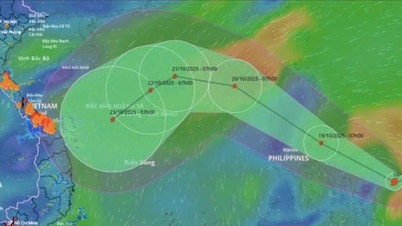




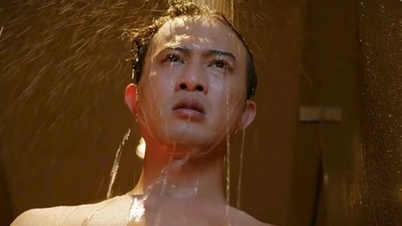

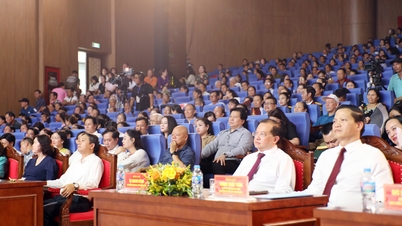


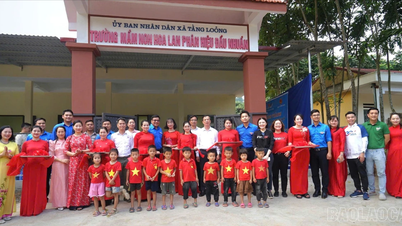

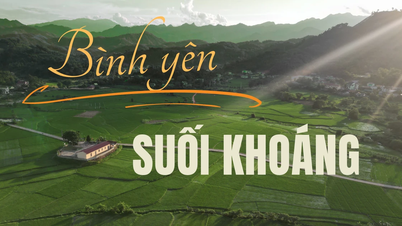


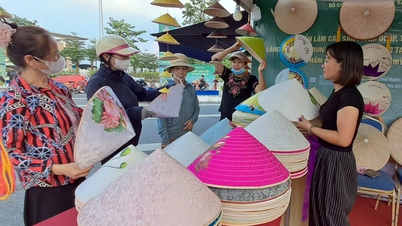
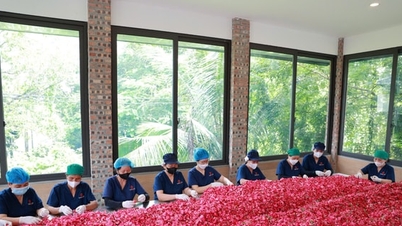
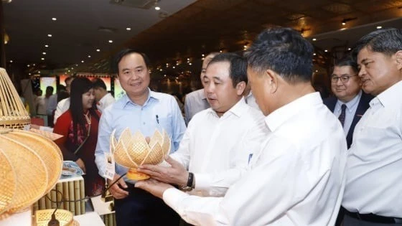
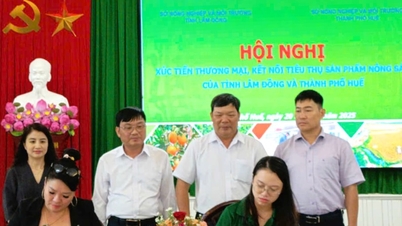






Comment (0)